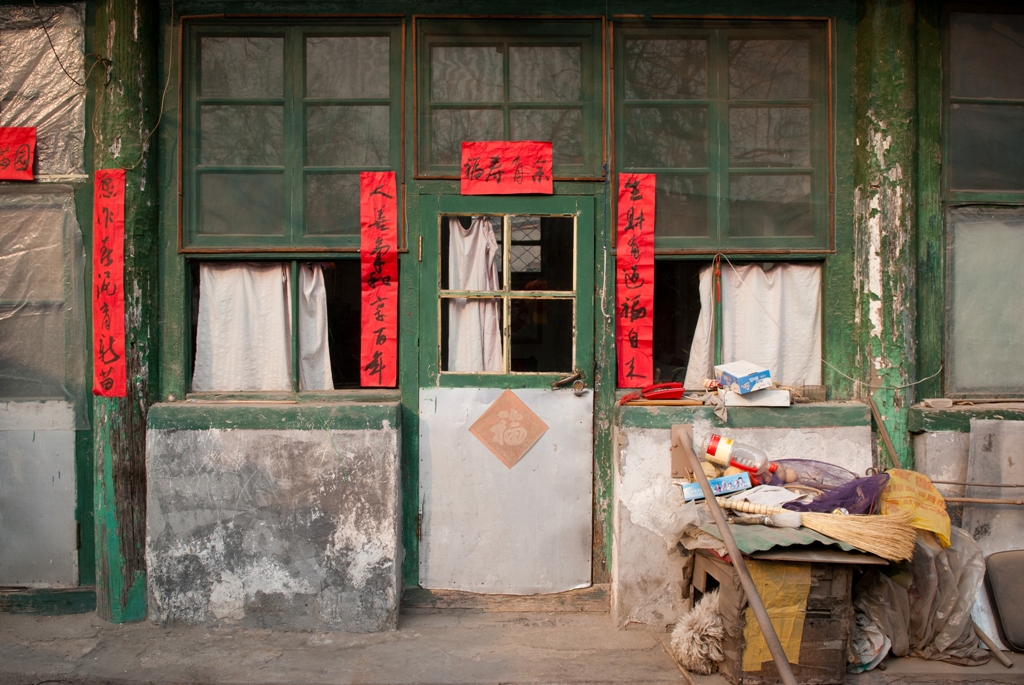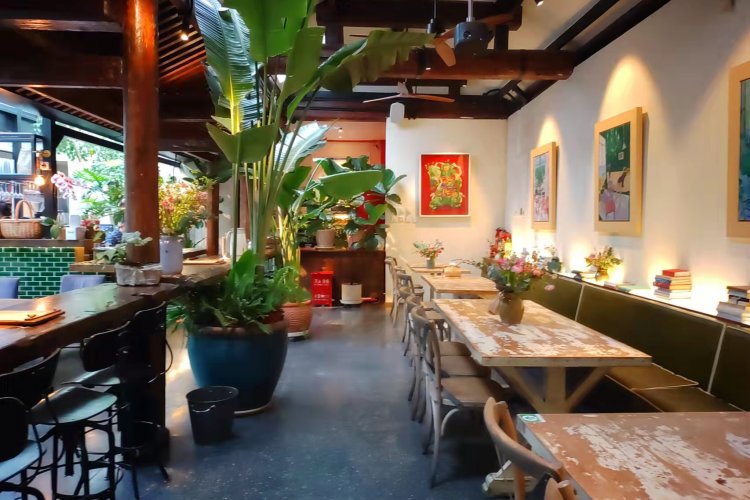Hutong Living: Modern Day Life in an Old School Courtyard
“You realize the romanticism of courtyard living wore off for me in the first 14 years of my life? Also, the pipes in the bathroom are frozen again.”
Such was courtyard living circa 2008. My wife and I lived in a pingfang, a courtyard within a courtyard set out of sight – although not out of earshot – of 32 households of neighbors surrounding us. It was a communal experience not unlike Burning Man or one of your nicer labor camps, except that we were paying RMB 4,500 a month for the privilege. A bargain in these days of avaricious landlords and runaway rents. We almost forgot that the bathroom was a short walk outside of our house.
It was an eventful few years. During our time in the courtyard we gained two cats and lost a hamster (sadly, these events were related). We also adopted a turtle.
The turtle was nearly a victim of our lackadaisical approach to courtyard maintenance when we came back from a long weekend only to find our heater had stopped sometime the night before, or at least that’s what we estimated from the thickness of the ice in the turtle’s bowl. Fortunately, we were able to thaw him out with a hair dryer and he was no worse for the experience. Strong stuff, these hutong wee turtles.
Living in the hutong was also a great way to improve the ability to engage in multilingual small talk. I learned this the first time I came home from work and the first neighbor I encountered looked at me and exclaimed, “You’ve come home!”
I wasn’t sure how to respond. “Yes?” “I’m here?” “Is this an existential question?”
No, it was just the local art of making conversation: Observe what somebody is doing and then ask them if they are doing it. The response is, of course, to confirm the observation. Easy peasy.
“Making dinner?”
“Making dinner.”
“Bought groceries?”
“Bought groceries.”
“Sitting on the stoop plotting bloody revenge against the neighbor shtupping your wife?”
“Sitting on the stoop. Plotting revenge against said neighbor.”
I thought this would be a cool way to embed with the local culture. My wife disagreed. Or as she put it, tongue ever so slightly in cheek, “This would be like moving back to your hometown in New Hampshire and, because I wanted to get in better touch with you people, insisted we live in a trailer park for two years.”
I accused her of being elitist, and to be fair she was kidding (sort of), but she did also have a point. She grew up in a large mixed yard in nearby Tianjin. For her, as for many of her generation, the courtyard was something to escape, to rise above.
Dolce and Gabbana recently ran afoul of Chinese social media when they scheduled a photo shoot depicting models posing in the hutongs. Detractors complained that the setting reinforced overseas impressions of China as being backwards and undeveloped. Why not in front of the National Center for the Performing Arts? Why not in front of the Parkview Green Mall? Where is modern Beijing?
Ultimately the desire of international residents to live in the hutongs suggests less a rejection of China’s modernity than a different understanding of what it means for a city to be modern. In this alternative vision, modernity is not about malls with parking lots full of cars but neighborhoods which still function as living communities while preserving and respecting the past and Beijing’s distinctive local culture.
Living in the courtyard can be a trip to the past, but maybe, just maybe, it can also be a glimpse into a possible future.
This article first appeared in the July/August issue of the Beijinger.
Jeremiah Jenne is a writer, educator, and historian based in Beijing since 2002. He maintains the Chinese history and culture website Jottings from the Granite Studio is also the founder of Beijing by Foot, which offers historical walks, tours, and workshops in Beijing. You can find him on Twitter @granitestudio.
Photo: Flickr (Vincentraal)








